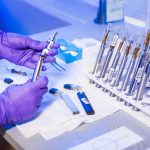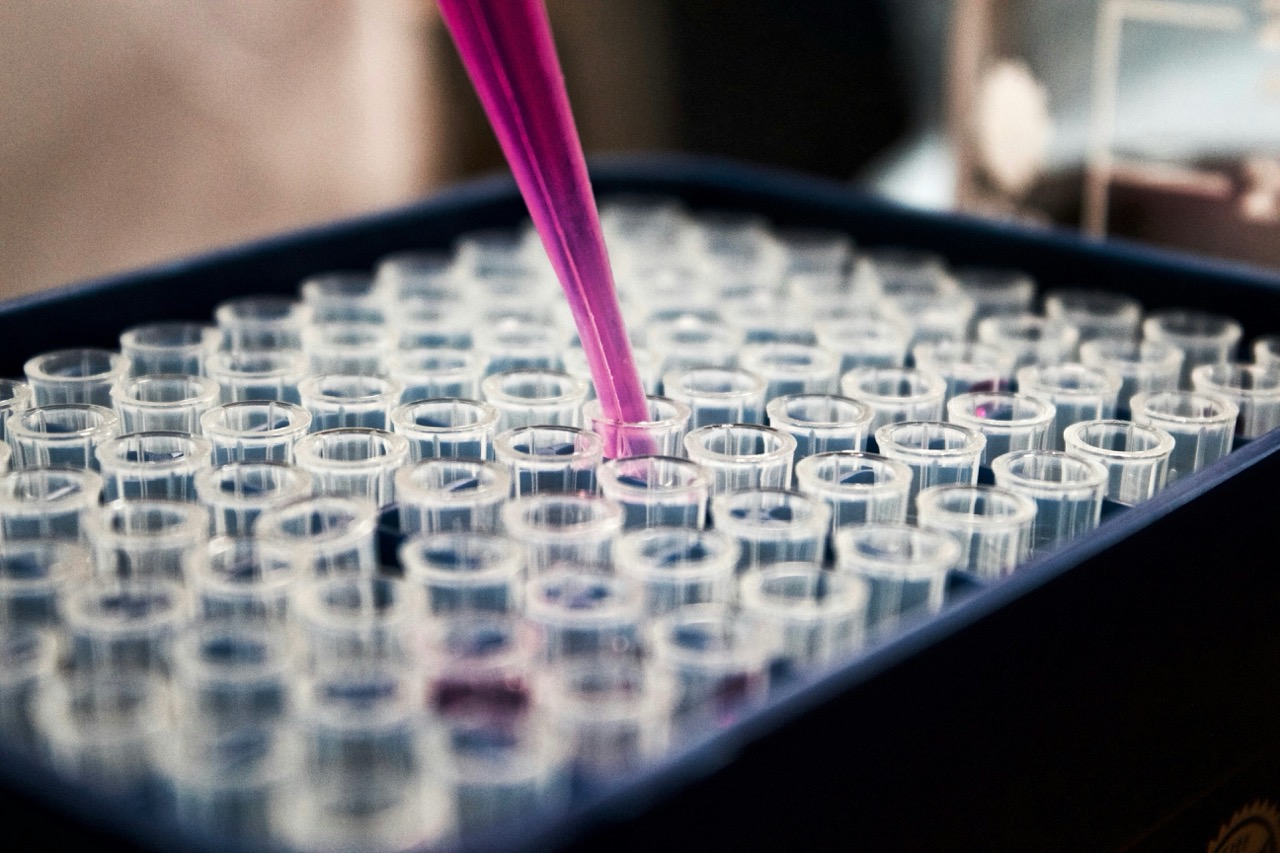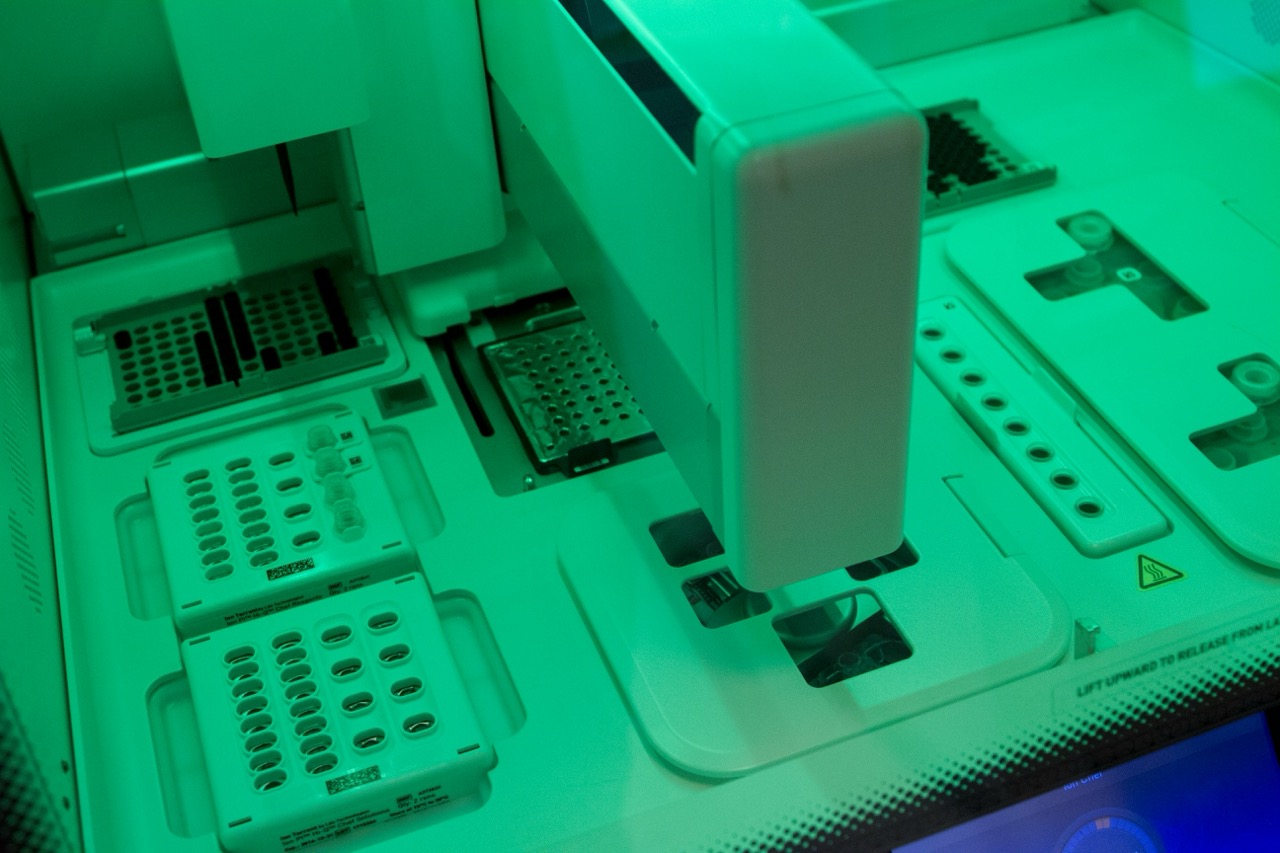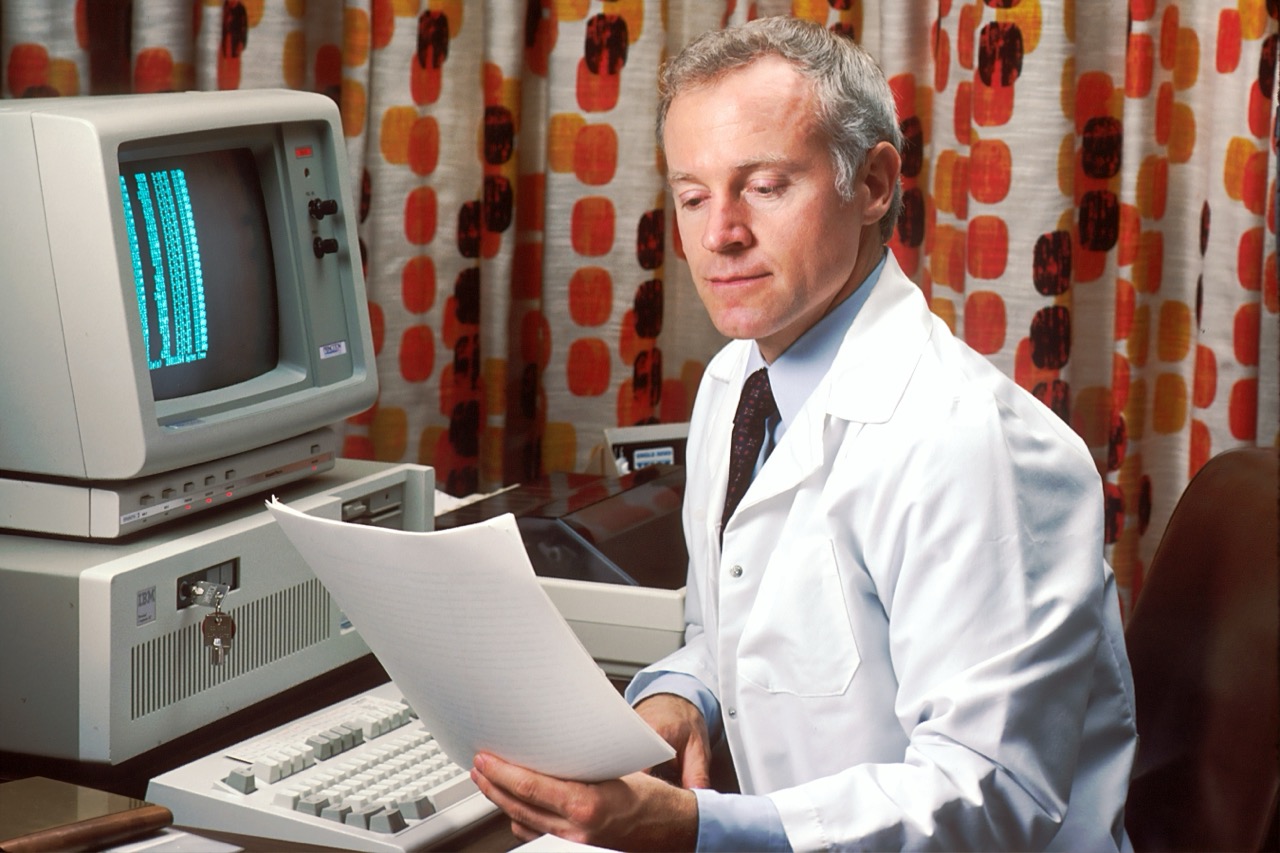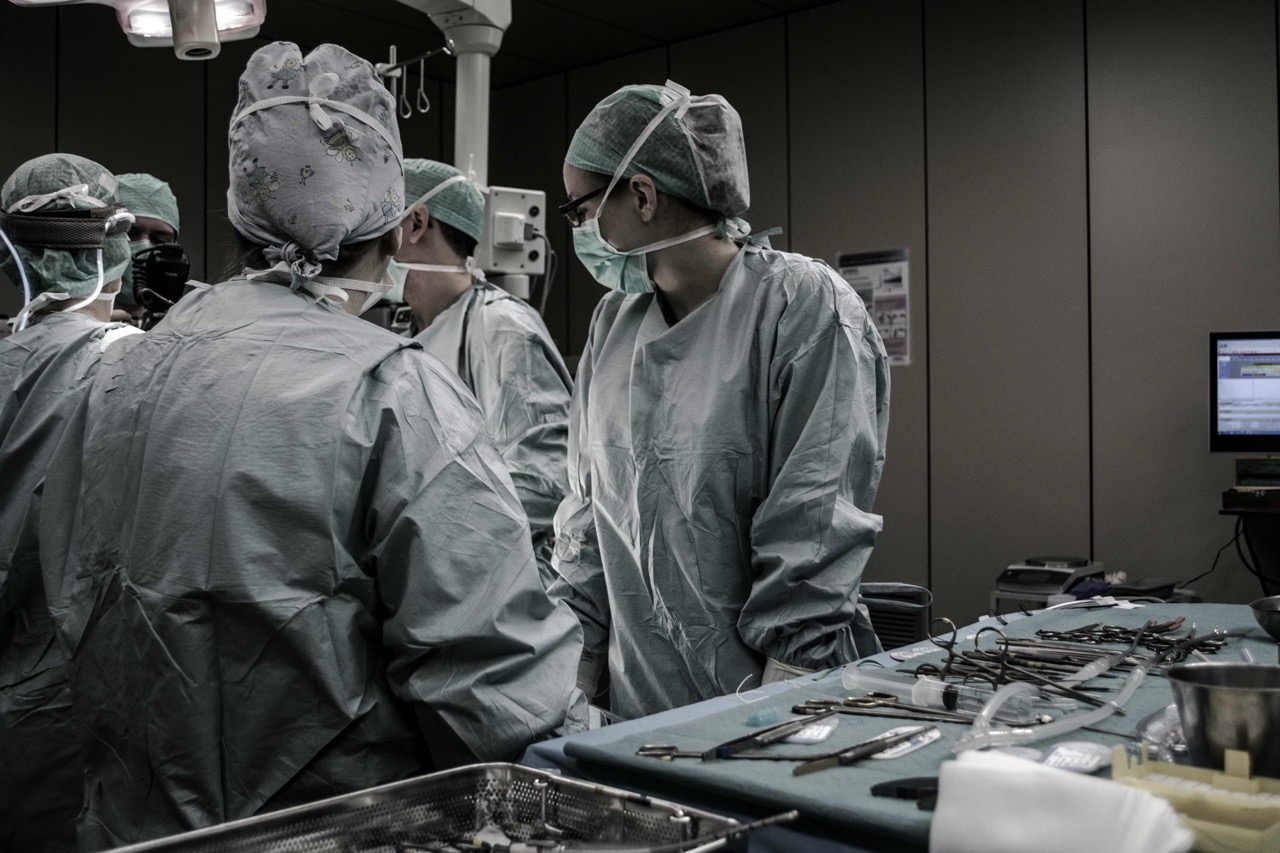Sexually transmitted diseases (STDs) are a significant public health issue worldwide, often associated with sexual activity. However, many individuals wonder about the potential for these infections to be transmitted through other intimate acts, such as kissing. Understanding the nuances of disease transmission is crucial for safeguarding personal and public health. This article aims to explore whether kissing can facilitate the transmission of STDs, the types of infections that may be involved, and how individuals can protect themselves and their partners.
Understanding STDs: Definition and Transmission Modes
Sexually transmitted diseases (STDs) are infections primarily spread through sexual contact, including vaginal, anal, and oral sex. They can be caused by a variety of pathogens, including bacteria, viruses, and parasites. Common STDs include chlamydia, gonorrhea, syphilis, human immunodeficiency virus (HIV), and herpes. These infections can lead to severe health complications if left untreated, necessitating awareness and education regarding their transmission routes.
The transmission of STDs can occur through several modes, including direct contact with infected bodily fluids, such as semen, vaginal secretions, or blood. Additionally, some STDs can be transmitted through skin-to-skin contact with infected areas. This understanding of transmission modes is essential, as it helps individuals identify risk factors related to their sexual behaviors and relationships.
The Role of Kissing in Disease Transmission Dynamics
Kissing is an intimate act that involves close facial proximity and the exchange of saliva, which raises the question of whether STDs can be transmitted through such contact. While kissing is generally considered a low-risk behavior compared to sexual intercourse, it can still play a role in the transmission of specific infections. Understanding the mechanics of disease transmission through kissing requires consideration of the pathogens present in saliva and the mucous membranes of the mouth.
While many STDs require deeper forms of penetration for transmission, some infections may be transmitted through kissing, especially when there are open sores or blood present. The dynamics of kissing as a transmission vector underscore the importance of considering both oral hygiene and the health status of partners when engaging in this form of intimacy.
Common STDs: Overview of Symptoms and Risks
The range of STDs includes both viral and bacterial infections, each presenting its own set of symptoms and risks. Bacterial STDs, such as chlamydia and gonorrhea, often exhibit mild or no symptoms but can lead to severe health issues if untreated, including infertility. Viral STDs like HIV and herpes can also have long-term health impacts, including chronic health conditions and the potential for transmission to partners.
Recognizing the symptoms associated with these infections is crucial for early detection and treatment. Symptoms may vary widely, ranging from sores and rashes to flu-like symptoms and persistent pain. Awareness of these signs can empower individuals to seek medical attention promptly, reducing the risk of complications and further transmission.
Saliva: A Medium for Transmission of Infections?
Saliva is often deemed a less likely medium for transmitting STDs compared to other bodily fluids. However, it can still harbor certain pathogens. Some infections, such as cytomegalovirus (CMV) and Epstein-Barr virus (EBV), can be present in saliva and potentially transmitted through kissing. While these viruses are not classified strictly as STDs, they can be transmitted through intimate contact, highlighting the potential risks associated with kissing.
Furthermore, saliva can facilitate the transmission of bacteria found in oral infections, such as those associated with periodontal disease. Understanding the composition of saliva and its potential to act as a vector for infection emphasizes the importance of maintaining oral health and recognizing the implications of kissing as a potential risk factor.
Kissing and Herpes Simplex Virus: What to Know
The herpes simplex virus (HSV) is one of the most well-known infections associated with kissing. There are two types of HSV: HSV-1, primarily responsible for oral herpes, and HSV-2, typically associated with genital herpes. Oral herpes can be transmitted through kissing, especially when a partner has visible sores or lesions. Asymptomatic shedding of the virus can also occur, making it possible to transmit HSV even when no symptoms are present.
The implications of HSV transmission through kissing extend beyond the immediate health risks; they also carry social and psychological consequences. Individuals with herpes may experience stigma and anxiety regarding their condition, underscoring the need for awareness and education about the virus, its transmission routes, and effective management strategies.
Other STDs Potentially Transmitted Through Kissing
While herpes is the most commonly associated STD with kissing, other infections may also pose a risk under certain conditions. For instance, syphilis can be transmitted through direct contact with syphilitic sores, which may be present in the mouth. Similarly, human papillomavirus (HPV), particularly the strains associated with oropharyngeal cancer, could be transmitted through oral contact.
Understanding the potential for these infections to be transmitted through kissing requires an awareness of both symptomatic and asymptomatic conditions. Individuals with open sores, lesions, or other oral health issues should exercise caution in intimate situations, particularly when engaging in kissing.
Risk Factors: Assessing Your Vulnerability to STDs
The risk of contracting an STD through kissing can depend on several variables, including the health status of both partners, previous exposure to infections, and the presence of sores or lesions. Individuals with compromised immune systems or pre-existing oral health conditions may be at greater risk for transmission. Furthermore, engaging in sexual activities beyond kissing can significantly increase the likelihood of encountering STDs.
Additionally, social and cultural factors can influence behaviors that may inadvertently raise the risk of STD transmission. Awareness of risk factors, combined with knowledge of one’s own sexual health and that of partners, is vital for assessing vulnerability and making informed choices about intimacy.
Preventive Measures: Reducing STD Transmission Risk
Reducing the risk of STD transmission through kissing and other intimate acts involves several key preventive strategies. Maintaining good oral hygiene is crucial, as it can help reduce the likelihood of infections in the oral cavity. Regular dental check-ups can identify and address potential issues that could increase the risk of transmission.
Moreover, practicing safe behaviors, such as avoiding intimate contact when symptomatic or when aware of a partner’s infection, can significantly reduce risks. Education surrounding STDs and their transmission modes plays a critical role in promoting responsible behavior and informed decision-making regarding intimate relationships.
The Importance of Open Communication with Partners
Open communication with sexual partners regarding health histories and potential risks is essential in reducing STD transmission. Discussing individual health statuses, including any known infections, can foster trust and ensure that both partners are aware of the potential risks involved in their intimate interactions.
Encouraging a dialogue about sexual health not only helps in reducing the stigma surrounding STDs but also promotes responsible sexual behavior. By addressing these topics openly, partners can collaborate on strategies to minimize risks and prioritize health.
Testing for STDs: When and How to Get Screened
Regular testing for STDs is an essential aspect of maintaining sexual health, particularly for individuals engaging in multiple or new partnerships. Health care providers recommend routine screening based on risk factors, including age, sexual history, and prevalent infections in the community. Individuals should be proactive in discussing their testing needs with medical professionals.
Testing protocols can vary depending on the specific STD, but generally include a combination of blood tests, urine tests, or swabs of affected areas. Understanding the testing process and its significance can empower individuals to take control of their sexual health and seek appropriate treatment when necessary.
Treatment Options: Managing STDs After Diagnosis
Upon receiving a diagnosis of an STD, various treatment options are available, depending on the type of infection. Bacterial STDs, such as chlamydia and gonorrhea, are typically treatable with antibiotics, while viral infections like herpes require ongoing management with antiviral medications. It is crucial for individuals to adhere to treatment plans to reduce symptoms and lower the risk of transmission to partners.
Furthermore, many STDs can have long-term health implications if left untreated. Regular follow-up appointments and communication with healthcare providers are essential for managing symptoms and ensuring a comprehensive approach to treatment and recovery.
Kissing, while often viewed as a benign expression of affection, can carry risks concerning the transmission of certain STDs. Understanding the ways in which infections can be transmitted through kissing, as well as recognizing the importance of preventive measures and open communication, is vital for maintaining sexual health. As with all aspects of intimate relationships, informed decision-making and mutual awareness can significantly contribute to safer practices and overall well-being. By fostering an environment of education and transparency, individuals can navigate their intimate lives with greater confidence and responsibility.




